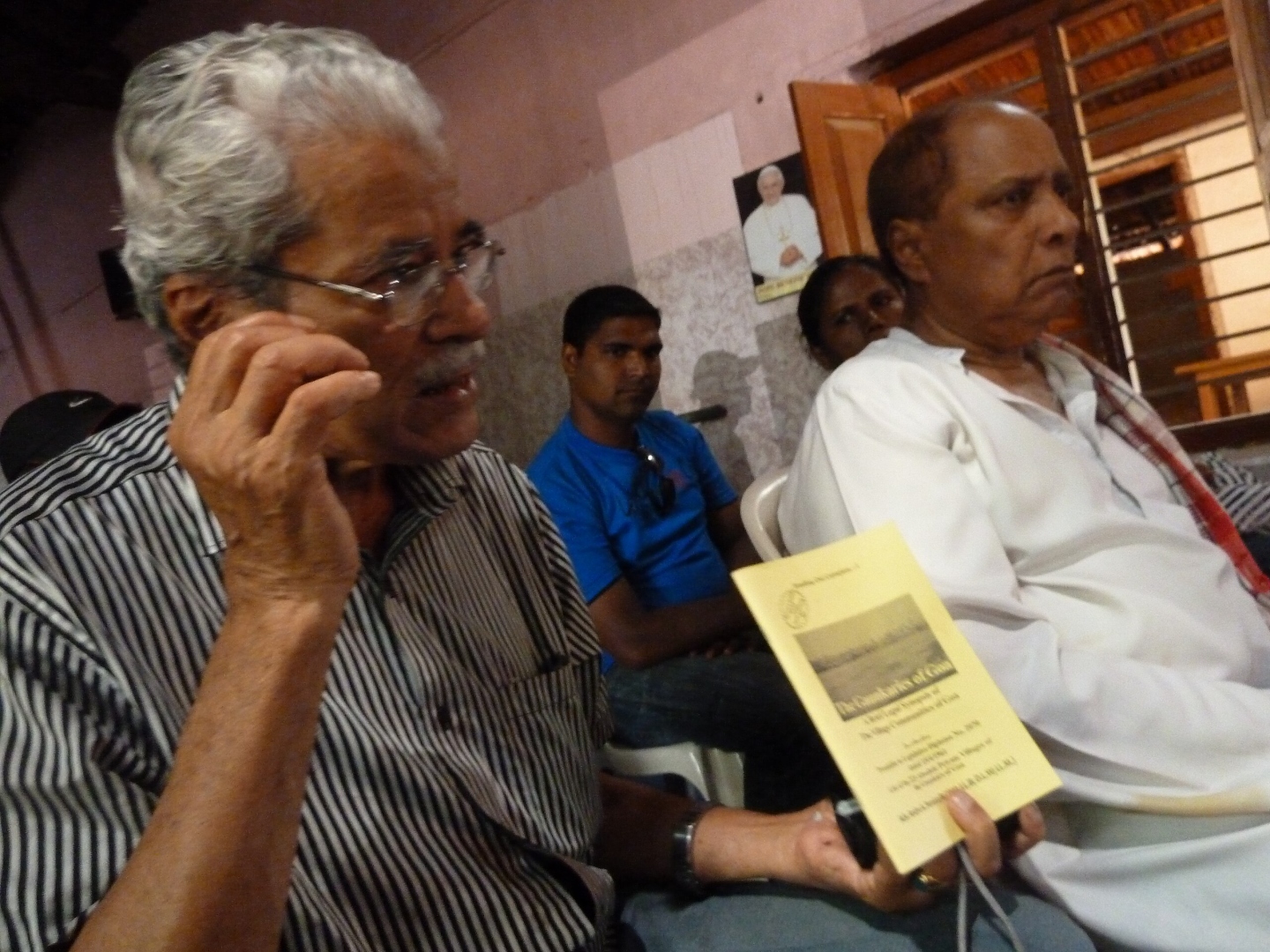Goan journalists have also played a role outside Goa; and journos from elsewhere have experienced (and intensely reported on) life here

Much of my last fortnight went in completing two books, which will be out shortly. One is a book on the Goans of Belgão, as locals from here knew that place. The book was compiled and edited by Cliff W. DeSilva of Navelim, who swears that, for the small but tightly-knit community of Goans living there in the 20th century, this place was "the centre of the Universe".
Not hard to believe. We have so many Goan communities, scattered all over the globe, each taking a part of Goa there. And bringing back with them something from there, when they get back to Goa.
(Of course, not all Goans "get back to Goa". Some are happily ensconced in countries which offer them nationality. They stay on there. Their children call it home. Life gets too comfy in their new homes -- and naturally so. It's tough to return back. In material terms, Goa can't compare with the life an Australia-NZ or US or Europe can offer them. Their next generation wouldn't survive here. They simply can't think of a return.)
But those that get back -- from the Gulf, some from East Africa (including those repatriated), even places like Burma (Myanmar), or other parts of India -- bring their memories and more home. There are so many homes (more seemingly in Salcete, though much migration happened from Bardez too) with names like Kenya, Uganda, Tanzania, and what not.
That's not all. We hear of Burmese food cooked by Goans who once lived there. At our home, it was not unusual for Mum to cook an Anglo-Indian or Tamil dish at times. Such are the lives and times of being a Diasporean. Or, Daizporean -- a mix of the Diaspora (which refers to the movement of people away from their land) with Daiz (Konkani for traditions).
The Belgaum Goans took traditions like the 'Kuswar' (exchange of Christmas sweets) to their homes there, brought back hockey to Goa (as did others mainly from the English-speaking once British-ruled world). They thronged to Goa during their school holidays, and went back with floods of pleasant memories (plus a few 'luxury' items like nylon socks, 'smuggled' through the strict Indian customs of those times).
They remember their homes in the heart of Belgaum, as if yesterday, though it was over five decades ago. Hubli and Dharwar (now Hubballi and Dharwad) threw up experiences of their own too. Goans in Belgaum got a leg-up by going to better English-language schools, which Goa then lacked. Their other memories focussed on hypnotism (anyone remember 'Prince Marco'?) and kite-flying, besides 'panka' sodas. The last name had me guessing for awhile.
More interesting for me was to put together a book on journalism, which contains random experiences and memories of the past few decades. 'Random' since it's not a complete picture of how the field works -- nobody could claim to manage that. On the other hand, this potpourri of memories, musings and meditations gives an interesting and colourful, if incomplete, picture of parts of the media.
In a previous attempt to put together such a work (see In Black and White: Insiders’ Stories about the Press in Goa, 2008, https://archive. org/details/inblackandwhite/) there were few to no women's voices. That all has changed in under two decades. There still could be a better mix, in terms of language (Marathi, Konkani) and the new (some feel they're dominant) electronic media.
This was as much one's own attempt understand this complex beast. Much like the 'Elephant of Hindoostan' (which is encountered by six visually-challenged men), what we make of the media depends on which part of it we encounter.